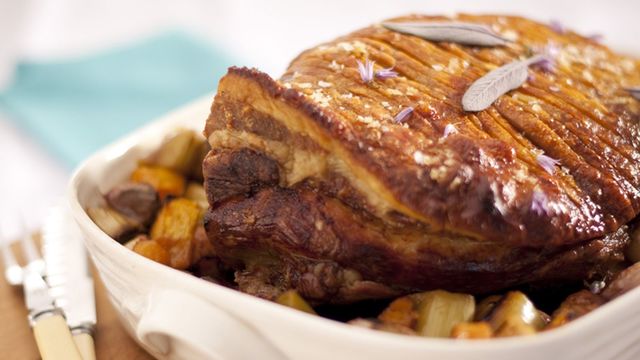
The idea of eating raw fish seemed pretty taboo to U.S. diners just a few decades ago, but then suddenly a fresh slice of salmon on sushi rice became all the rage.
Sushi has become so prevalent you can even pick up a tray at a local gas station ( ). However, just because sushi is popular doesn't mean you can take any piece of seafood and eat it raw. Fish labeled as "sushi-grade" simply means it's of the highest quality from a vendor and has been handled with extra care to prevent food-borne illnesses and is safe for raw consumption.
Every restaurant serving sushi, whether it's Michelin-starred or , will serve "sushi-grade" fish. But the truth is that "sushi-grade" doesn't mean much because the label is more of a marketing term without any actual regulated standards behind it. The FDA does have guidelines which are aimed to help avoid parasites in raw fish, but the label of "sushi-grade" isn't law in the same way that the FDA's regulation of the production of beef is law.
Eating any raw food (seafood, specifically) will always come with some risks. If you trust the fish market or source where your raw cuts are coming from, then the term "sushi-grade" shouldn't matter. The FDA's standards for sushi and raw fish As for the FDA's regulation of parasites: For a restaurant to serve uncooked fish, the FDA recommends that the fish undergo a specific freezing process.
Raw fish has to be caught, bled, and flash frozen at three different temperatures and times. For example, some fish must be stored at -4 degrees Fahrenheit or below for 7 days. The other times and temperatures needed are to freeze the uncooked fish at -31 degrees or below until it becomes solid and then to store the fish for either 24 hours at -4 degrees or below or for 15 hours at -31 degrees or below.
These low temperatures are meant to kill possible parasites in the fish from when it was caught. This process has to begin within eight hours of the fish leaving the water for it to fit the FDA's guidelines. While these guidelines can help to prevent parasites in the fish, the occurrence of them is actually pretty rare depending on the type of fish.
Seafood like tuna and farmed salmon (some of the most commonly used fish in sushi) are not as at-risk of parasitic infection as others. On the other hand, freshwater fish and cod are not recommended by many experts to be eaten raw. So, no, won't help with this; it'll just affect the texture and taste.
Recommended.














